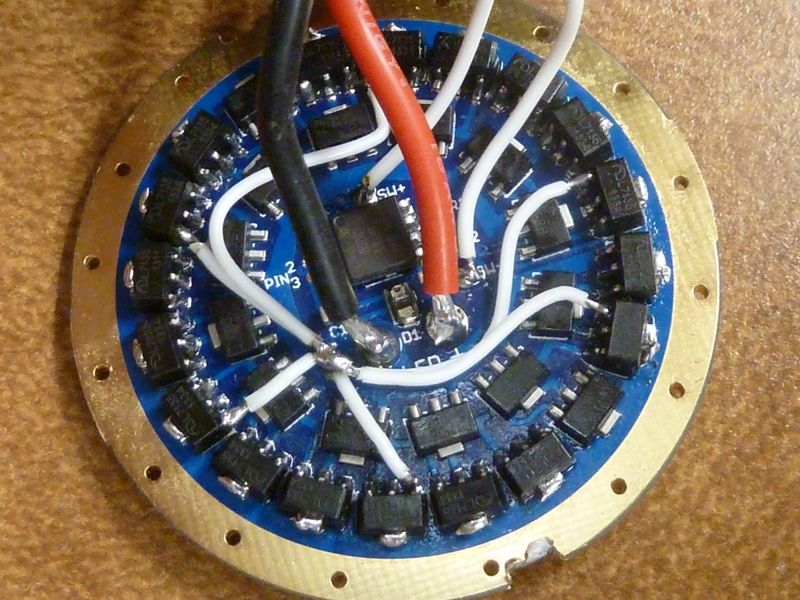Dang, this is a nice 5.2A SRK driver... Good match perhaps for the DBSAR SRK lantern project. For me, I'd be too tempted to stack 7135's though ![]() . But certainly based on this design, no need for these jumpers which really did pick up the amps on this design (and maybe because of stacked 7135's), but all these jumpers were not needed, just 1 or 2:
. But certainly based on this design, no need for these jumpers which really did pick up the amps on this design (and maybe because of stacked 7135's), but all these jumpers were not needed, just 1 or 2:

I also added the pry holes on the edges to help removing from a tight press fit.